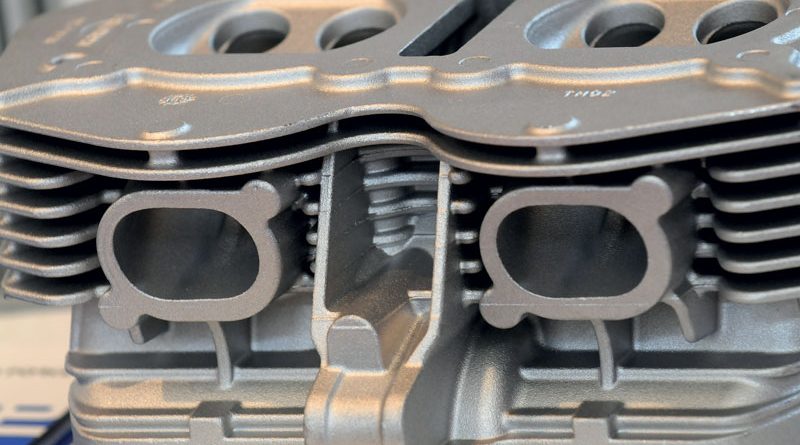Aluminium Content in EU Cars up 20% in the Last Three Years
A new study published by European Aluminium estimates the average aluminium content of European produced cars to reach nearly 180 kg in 2019, meaning a 20% increase since 2016
by Giuseppe Giordano
According to the third edition of the “Aluminum Content in European Passenger Cars” study from DuckerFrontier commissioned by European Aluminium, the average aluminium content of European produced cars to reach nearly 180 kg in 2019, meaning a 20% increase since 2016.
The study also forecasts that the aluminium content of cars produced in Europe will reach nearly 200 kg per vehicle by 2025, up from 179 kg today. This is in line with the most positive scenario developed by DuckerFrontier in 2016. The study also shows that electric and plugin hybrid vehicles use significantly more aluminium than the average car.
Carmakers’ preference for aluminium is largely linked to its lightweight nature, making all cars more energy-efficient, no matter if it is a petrol, diesel or electrified vehicle.
The study points to electrification as one of the main drivers for the future growth of the aluminium content in all product forms. Battery boxes, electric motor housings, but also body closures and body structures are highlighted as key applications for increased aluminium penetration in the future. Depending on the car segment, the average aluminium content per vehicle is forecasted to increase from at least 2.9 kg by 2025 in the A-segment and up to 38.0 kg in the D-segment.
The aluminium industry is closely collaborating with car manufacturers to drive lightweighting even further. Only during the last two decades, hundreds of new alloys have been developed to better answer to the demand of the vehicle manufacturers. Higher strength, better formability and improved energy absorption are a few of the areas the industry is focusing on. The aluminium industry is also investing in innovations that will help the transition to electro mobility. Charging stations, electric power cables and wind power plants are some of the products where aluminium is already playing an important role.
The study includes data from automotive OEMs and suppliers and European Aluminium member companies and has been developed by DuckerFrontier. It is based on a detailed analysis of the use of aluminium castings, extrusions, forgings, and sheets for 38 component groups and covering 95% of the EU28 car production in 2019.
The use of aluminium is expected to grow even in American cars
Aluminium content in cars is increasing with fastest rate and highest quantity per car also in North America. Arconic presents on its website www.arconic.com a reprocessing of data contained in the report “Aluminium Content in North American Light Vehicles 2016 to 2028,” published in July 2017 by Ducker Worldwide. Particularly, average consumption of aluminium semis and die castings are recorded for an average North American car in 2015 along with the corresponding consumption forecasts for 2028. A more general graph shows the worldwide consumption of aluminium for the same purpose, from 1975 to forecast for 2028. By comparing the 1975 datum with the last year of recorded consumption (2015), there is a five-fold increase which becomes about seven-fold comparing 1975 data with 2028 forecasts which consider possible a use of about 260 kg of aluminium per car.
The summary of the study from DuckerFrontier
can be found in www.european-aluminium.eu

